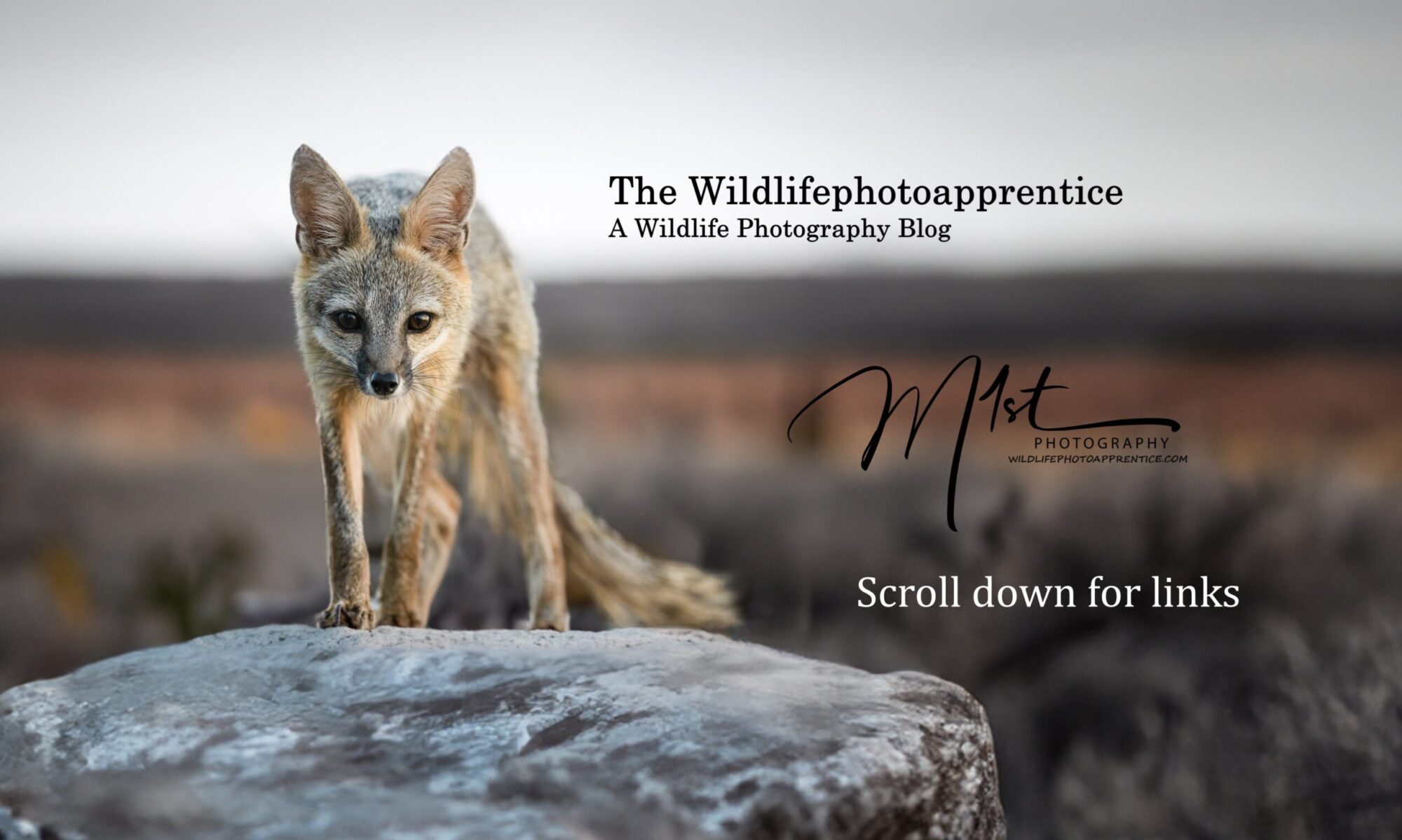Childhood memories of playing hide and seek often evoke a sense of excitement and anticipation. In the natural world, this childhood game takes on a new dimension through the lens of wildlife photographers. Hiding from wildlife can be difficult, but doing it well can improve your chances of getting some truly amazing photos. Camouflage, the art of blending into one’s surroundings, becomes an essential tool for photographers seeking to capture elusive moments in the animal kingdom. The debate about the effectiveness of camouflage for wildlife photography seems to vary from what you read to who you talk to. Some will argue that it has little to no effect at all. That seems funny to me because the camouflage clothing industry thrives within the hunting community who have seemingly accepted its effectiveness for years. I’ve personally experienced the effectiveness of camouflage use in my wildlife photography and don’t need much convincing. From earth-toned clothing to specifically designed camouflage gear and innovative hides, photographers can employ a variety of techniques to become invisible observers. I know that camouflage won’t make you a better photographer but if used properly it will improve your opportunities.
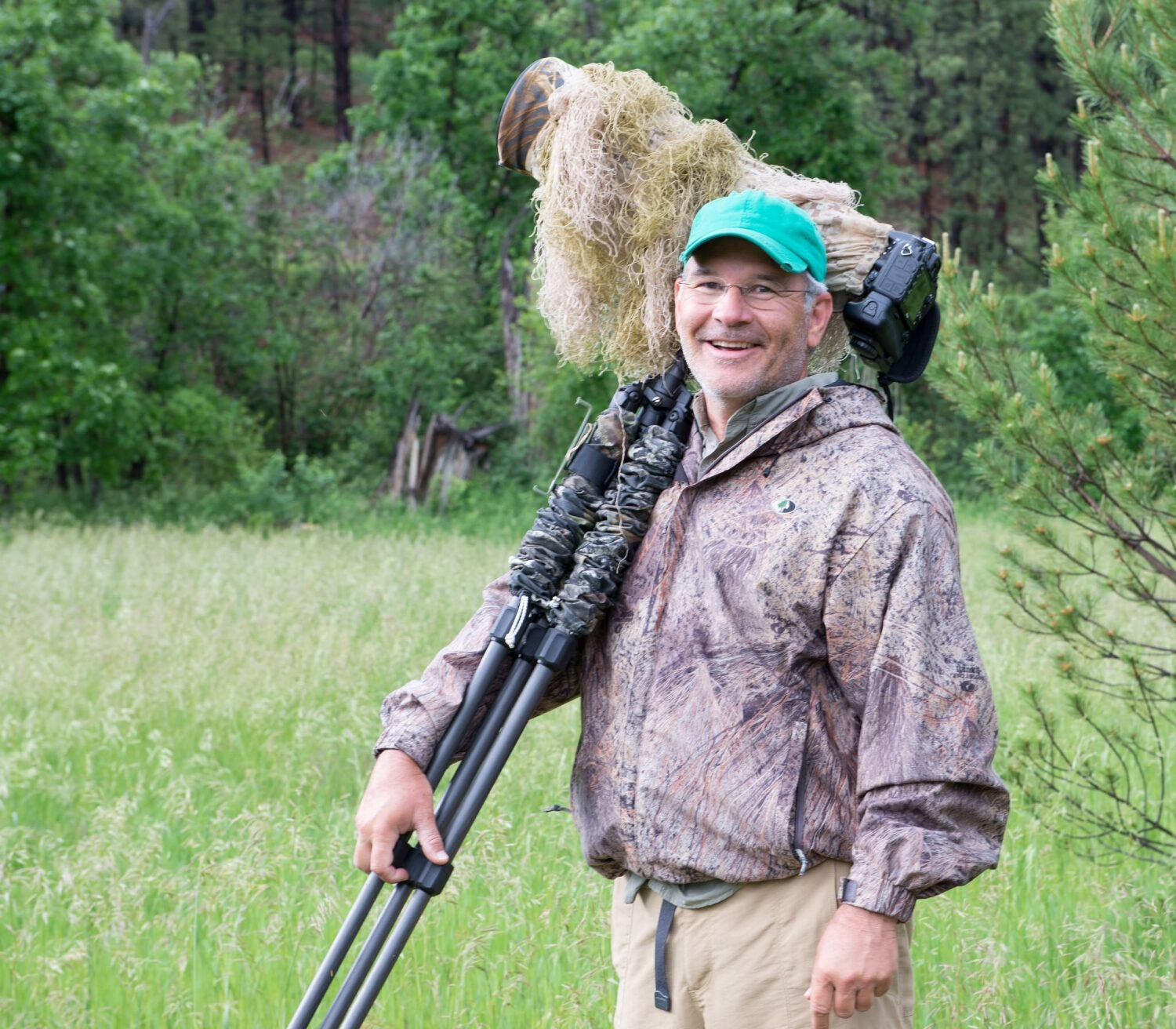
Camouflage is defined as an attempt to hide or disguise the presence of a person, animal, or object. Camouflage alters or obscures the appearance of an object in order to conceal its location. My normal limited attempt at visually camouflaging myself can be seen in the photo above. The extent to which camouflage can be taken can be seen in the photo below.
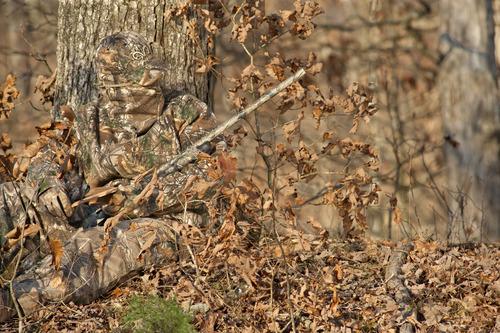
The success of camouflage in wildlife photography hinges on its effectiveness in fooling the acute senses of animals and birds. Different species have varying levels of visual acuity, and the ability to remain undetected relies on understanding the specific visual and behavioral cues of the targeted subjects. Most animals and birds can see well. Some birds, like hawks, can see exceptionally well even from far distances. Mammals, for example, are often more sensitive to movement than color. Camouflage that breaks up the human form and minimizes motion can be particularly effective. Birds, on the other hand, may be highly attuned to color patterns, making clothing and gear with accurate mimicry of the surroundings essential. What animals and birds do not always do well is interpret and understand what they are seeing. Animals and birds need to use all of their senses to determine whether something is a threat or not. Movement, scent, and sound as well as sight are important to their ability to decide if something is a threat in their environment. Eliminating or confusing their sense of sight helps confuse their overall ability to perceive you as a threat. This is why visual camouflage is a big advantage. Animals and birds may see something, but not necessarily know what it is, therefore being more tolerant of it. That hesitation, that brief moment when an animal looks and pauses to evaluate what it sees before fleeing, might just be the difference between a picture of a fox’s butt or the shot of a lifetime.
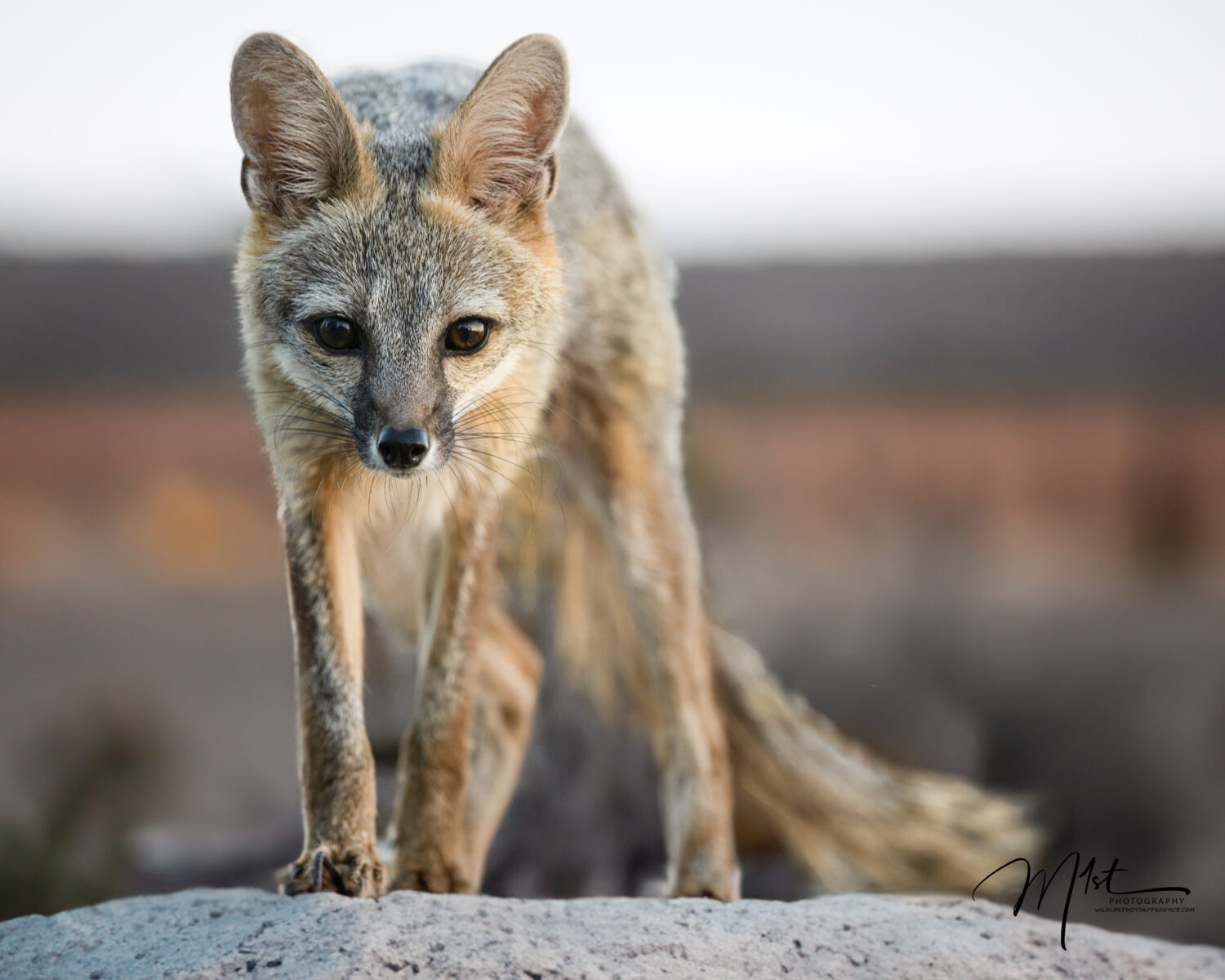
The concept of camouflage in wildlife photography begins with the simplest form, earth-toned clothing. Photographers often opt for neutral colors that mimic the natural environment, allowing them to merge seamlessly into the background. Earthy browns, greens, and grays are popular choices, helping photographers become inconspicuous observers rather than conspicuous intruders. The use of natural fabrics, such as cotton or wool, aids in minimizing reflective surfaces that might catch the eye of vigilant wildlife.
Beyond visual camouflage, other aspects of camouflage should also be considered. The role of scent in animal detection should not be underestimated. Some wildlife, especially large mammals, have a keen sense of smell. Camouflage clothing is often treated with scent-neutralizing agents to further reduce the chances of detection. There are some other options to help you minimize or mask your scent effectively. Invest in clothing specifically designed to reduce odors. Many outdoor brands offer scent-blocking or scent-eliminating clothing that is treated with antimicrobial agents to control bacterial growth, minimizing body odor. Practice good personal hygiene to minimize natural body odors. Showering with scent-free soaps and shampoos, and avoiding use of strongly scented personal care products, is easy and quite helpful. You can apply cover scents that mimic natural environmental smells, such as pine or earth. This can help mask your scent by blending it with the surrounding environment. Be cautious not to use cover scents that are foreign to the location you are in. I have found something like Tink’s® #10 Skunk Scent can be helpful if calling predators like foxes or coyotes. The cheapest and most effective method is to pay attention to wind direction when positioning yourself. Your scent is more likely to be carried away from your target if the wind is blowing in the right direction. Use this knowledge to your advantage when setting up your location to photograph wildlife.
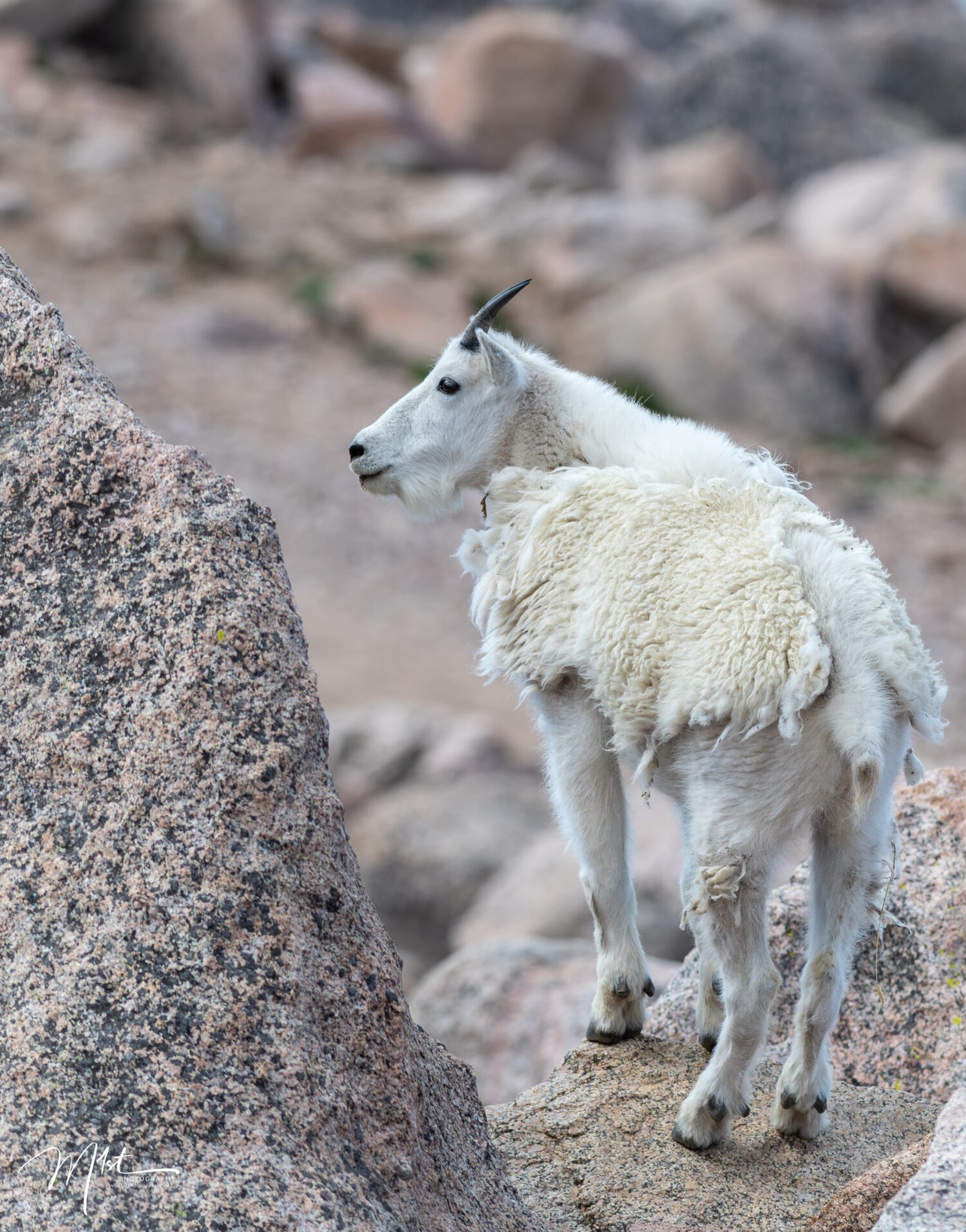
Lack of movement or how we move is also an important part of camouflaging ourselves. Moving slowly and in a random fashion rather than directly at the subject is an effective adjunct to the use of visual camouflage. I once had an experienced outdoorsman tell me to ” walk like a cow” when approaching animals such as deer in a field. Slow , ambling movements with frequent stops, only occasionally looking up in their general direction but never directly at your subject. Observe the natural movement patterns of the environment you’re in, such as leaves rustling in the wind or branches swaying gently. Mimic these natural movements to blend in seamlessly. Avoid sudden or erratic movements that might attract attention. Take advantage of shadows to move discreetly. Move when shadows are cast by surrounding objects, making it more challenging for observers to notice your motion. Time your movements to coincide with natural distractions, such as the sound of rustling leaves or the calls of other animals. Use these moments to move without drawing attention to yourself. Move along natural terrain features like ridges, dips, or rock formations. Use these features to break up your silhouette and create natural barriers that shield your movement. If the situation allows, crawling or adopting a low-crouch movement can be effective, especially in situations where the ground cover provides concealment. This minimizes your profile and makes it harder for observers to detect movement. Remember that each environment and wildlife species may respond differently to movement. It’s crucial to adapt your tactics based on the specific context and be patient, allowing time for wildlife to become accustomed to your presence. Additionally, staying attuned to your surroundings and making subtle, purposeful movements will contribute to your overall success in using movement as a form of camouflage.
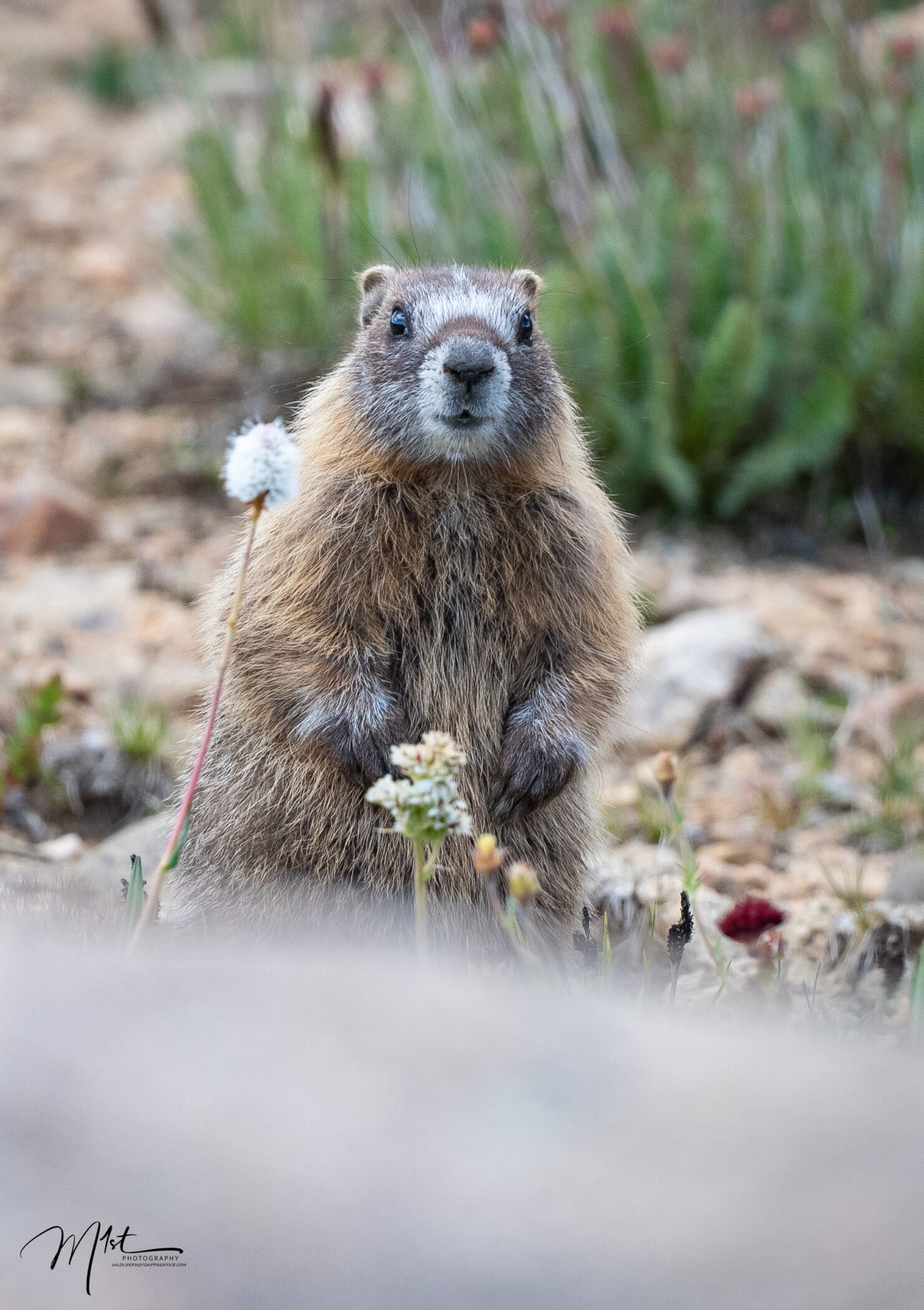
Clothing
As we have discussed, the variety and diversity of ways to visually camouflage yourself are endless. From a simple drab brown T-shirt to a full-blown blind, each form of camouflage has its time and place. Let’s discuss two most common ways to visually camouflage ourselves, clothing and blinds.
As wildlife photography has evolved, so has the attire of wildlife photographers. Specialized camouflage clothing emerged, designed to enhance concealment in various terrains. These garments often feature intricate patterns and 3D textures that mimic the surrounding foliage. Innovations in fabric technology contribute to the development of lightweight, breathable, and weather-resistant materials, allowing photographers to adapt to diverse environments while maintaining comfort. Open any hunting catalog or search on the internet and you will soon discover that there is no shortage of camouflage clothing manufacturers and retailers. The variety is confusing and overwhelming. I think as with most purchases I would recommend letting budget be your guide. Understanding that as with most things quality clothing will fit better and last longer, but also cost more. I tend to buy from Cabela’s or Academy, but there are many more to choose from. Academy provides mostly the Magellan Outdoors and Game Winner brands which are of lesser quality but also more economical. Cabela’s on the other hand will have a larger variety and selection of higher quality but at higher prices. I prefer Real tree camo patterns for clothing, with patterns specific to the surroundings I photograph in most.
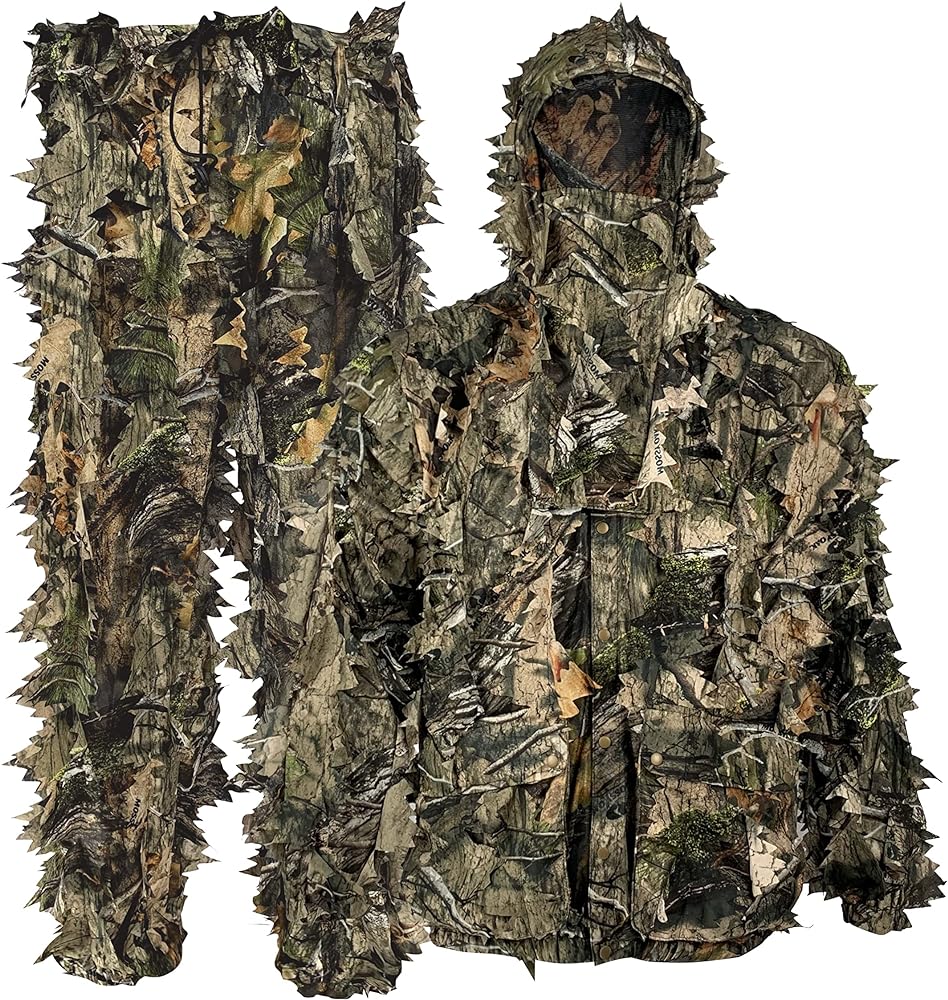
As we have discussed, the psychology behind camouflage clothing lies in disrupting the recognizable human form. Animals are adept at recognizing silhouettes and patterns associated with potential threats. By breaking up the human outline and blending it with the natural surroundings, photographers increase their chances of going unnoticed. To that end, something else to consider are 3D camo patterns. Generally, they are leafy patterns with 3D leaves attached to give texture and more effectively break up your human outline.

Another similar 3D option is a ghillie suit. A Ghillie suit is a type of camouflage clothing designed to resemble the background environment such as foliage, snow, or sand. Typically, it is a net or cloth garment covered in loose strips of burlap, cloth, or twine, sometimes made to look like leaves and twigs, and optionally augmented with scraps of foliage from the area. The ghillie suit was developed by Scottish gamekeepers as a portable hunting blind. Personally, if you are looking for the most effective form of camouflage, then a ghillies suit is it. There is a reason ghillie suits are the choice of scout snipers around the world for fieldwork. If it’s good enough camouflage when your life depends on it, then it’s good enough for wildlife photography. Ghillies suits are very good at breaking up the human form and disguising our outlines. Most Ghillie suits will come with a gun wrap. When used on a telephoto lens as seen in the first photo in this post they provide good concealment all by themselves. In my experience, you should reserve Ghillies suits for times when you need maximum camouflage, and maximum mobility, and are on more private than public land. Frankly, the sight of someone in a full ghillie suit can be frightening to the uninitiated. The Ghillie suit probably accounts for more bigfoot sightings than anything else.
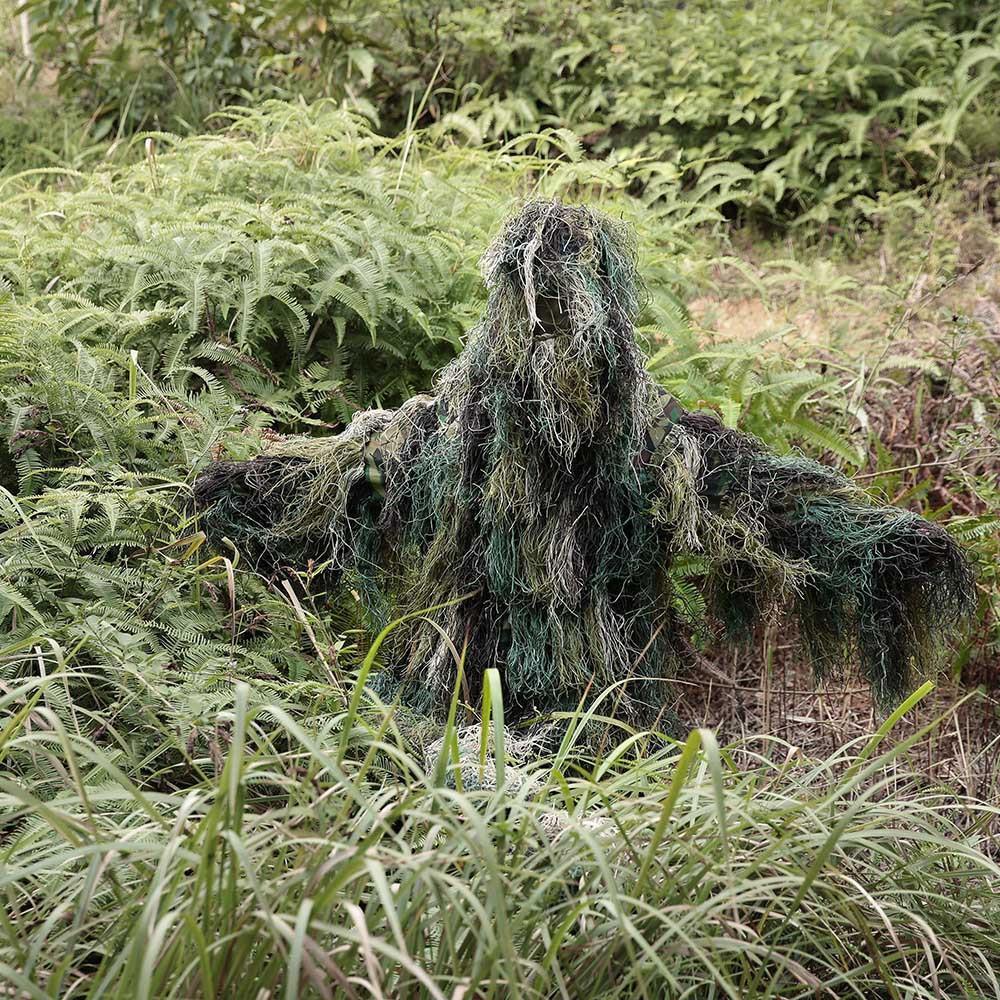
Photographers often experiment with different patterns and textures to find the most effective camouflage for a particular setting. The adaptation of military-grade camouflage principles, such as disruptive patterns and color schemes, has proven successful in wildlife photography contexts. The choice of gear depends on the specific needs of the photographer, taking into account the target species and the natural environment. The science behind camouflage patterns is rooted in the study of visual perception and the ways in which animals, including humans, interpret their surroundings. The primary goal of camouflage is to disrupt the observer’s ability to distinguish an object from its background, making it challenging to detect. Different environments require distinct patterns and colors to achieve optimal concealment.
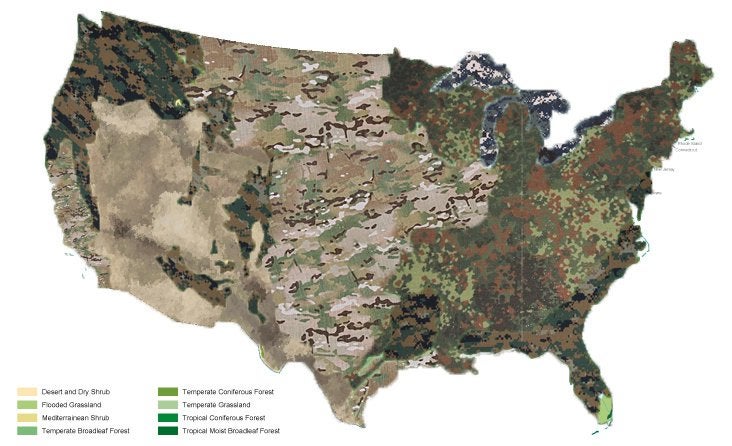
- Background Matching:
- Color Matching: Camouflage patterns often mimic the colors of the surrounding environment, making the subject blend seamlessly with its surroundings. This involves replicating the tones and shades present in the natural setting.
- Contrast Disruption: Disrupting the contrast between light and dark areas on an object’s surface helps break up its outline, making it less conspicuous.
- Disruptive Coloration:
- Patterns and Textures: Irregular patterns and textures on camouflage designs create visual noise, making it challenging for the observer to discern the true shape of the object. This technique is known as disruptive coloration and is particularly effective in densely textured environments like forests.
- Depth Perception:
- Three-Dimensional Camouflage: Some advanced camouflage patterns incorporate three-dimensional elements, creating an illusion of depth. This is especially useful in open terrains where shadows and lighting play a significant role in creating a sense of depth.
- Environment-Specific Adaptations:
- Desert Camouflage: In arid environments, colors like tan and beige dominate, and camouflage patterns mimic the natural hues of sand and rocks. This helps subjects blend into the desert landscape effectively.
- Woodland Camouflage: For forested areas, patterns often include a combination of greens and browns to match the foliage and the dappled sunlight filtering through the trees.
- Motion Camouflage:
- Dynamic Patterns: Some animals, like predators, use dynamic patterns to blend in while in motion. This involves patterns that change or mimic the surroundings as the animal moves, making it harder for prey to detect the predator’s approach.
- UV Reflectance:
- Ultraviolet Considerations: Certain animals, including birds and insects, can perceive ultraviolet (UV) light. Camouflage patterns that consider UV reflectance are designed to remain effective even in spectra invisible to the human eye, providing an added layer of concealment.
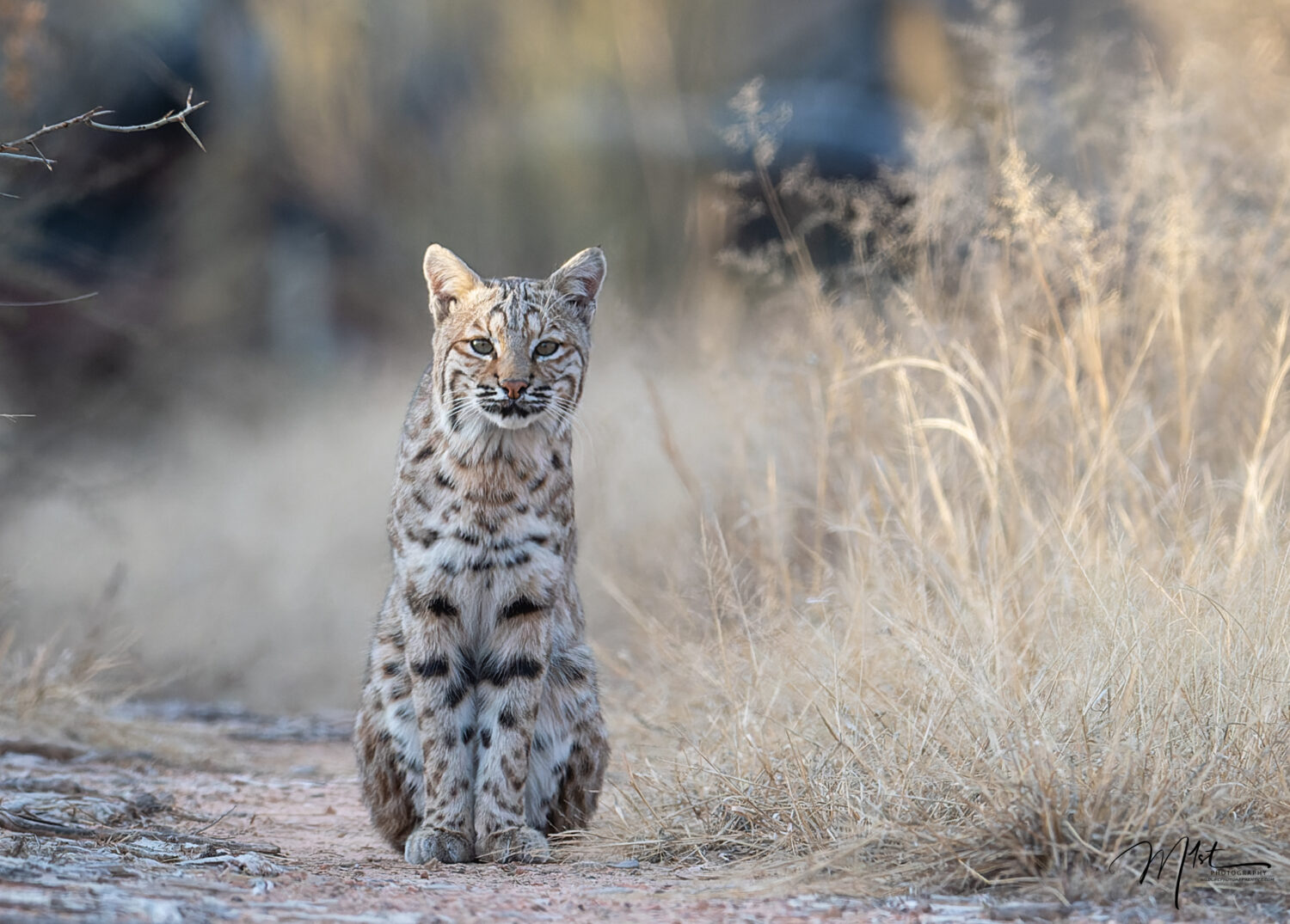
In addition to shirts and pants, photographers can employ a range of camouflage gear to enhance their ability to stay hidden. Camouflage netting, face masks, and gloves further obscure the photographer’s presence. These accessories help in achieving complete camouflage, ensuring that every element of the photographer’s body is harmonized with the environment.
Some type of head cover or mask can improve concealment. Facial recognition is not exclusively a human domain. Facial recognition is important to animals. Many animals, especially social species, rely on facial features to identify and communicate with each other. The concept of facial recognition extends to wildlife photography, where minimizing the human face becomes crucial for successful observation and documentation. Photographers often employ camo headgear to obscure their facial features, preventing animals from associating a human presence with potential danger. I tend to find these too visually restrictive and opt for a ball cap in a natural color. Camouflaging your body and leaving your human head flapping in the breeze does decrease the overall effectiveness. I find that when animals are close, remaining behind your lens presents a profile that often confuses animals. As soon as you pop your head above the lens however, your busted.
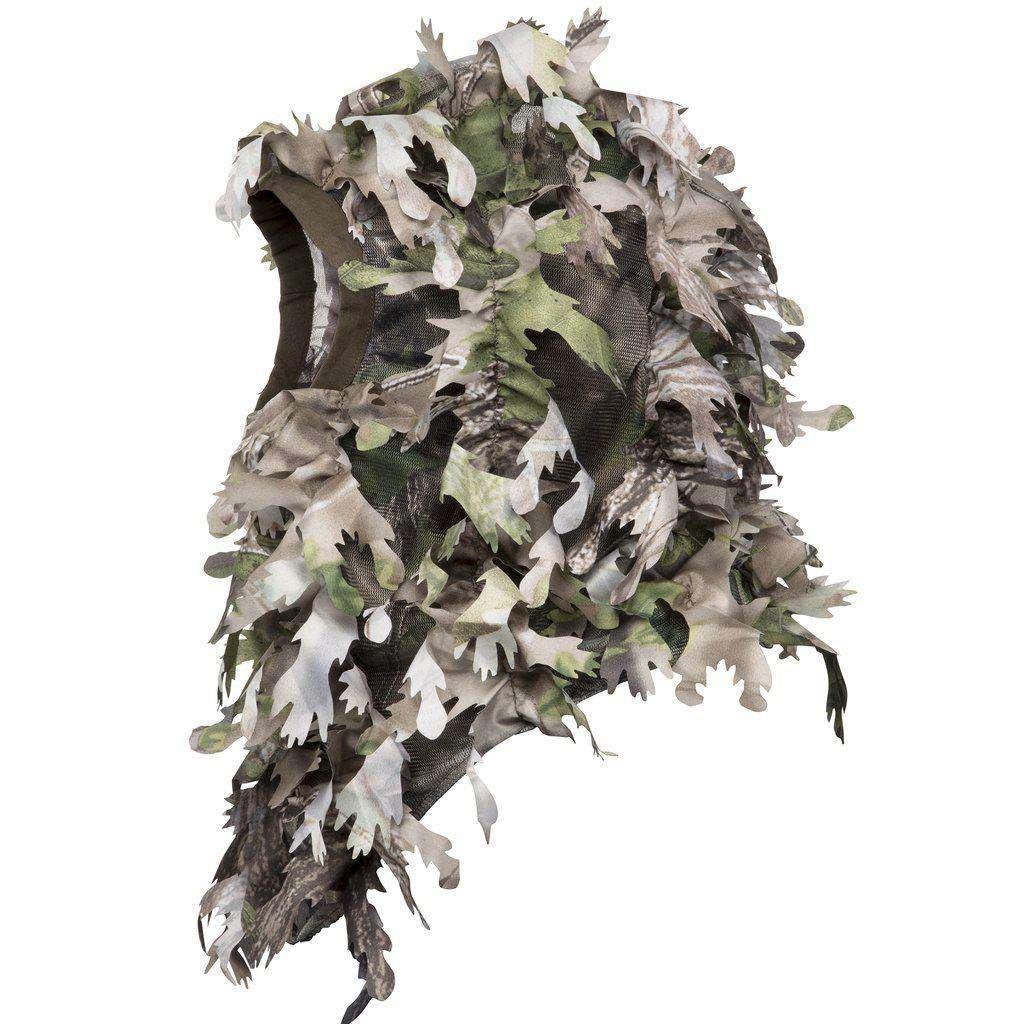
BLINDS
Camouflage extends beyond clothing and personal accessories to include physical structures like blinds and bag hides. If you’re not into the camouflage look then a good alternative that is relatively cheap is to purchase a portable popup hunting blind or bag hide. Blinds are purpose-built shelters that conceal photographers while providing a stable platform for capturing images. Blinds can be permanent or portable, ranging from simple ground-level structures to elevated tree stands. These are widely available through the suppliers mentioned above. They come in a number of sizes and shapes. They are easy to set up and takedown. They provide good concealment and some modest protection from the weather.
I prefer to use blinds in situations that are more static and less mobile. I have a friend who allows me access to his ranch for photography. I set up the blind in a static location with a good view of a water source and leave it there for weeks at a time. This allows the birds and animals who come to water there to habituate to its presence. It is very comfortable. I sit in a chair and use my tripod and gimbal head for lens support. There is room for a small cooler which makes being a patient photographer a lot easier.
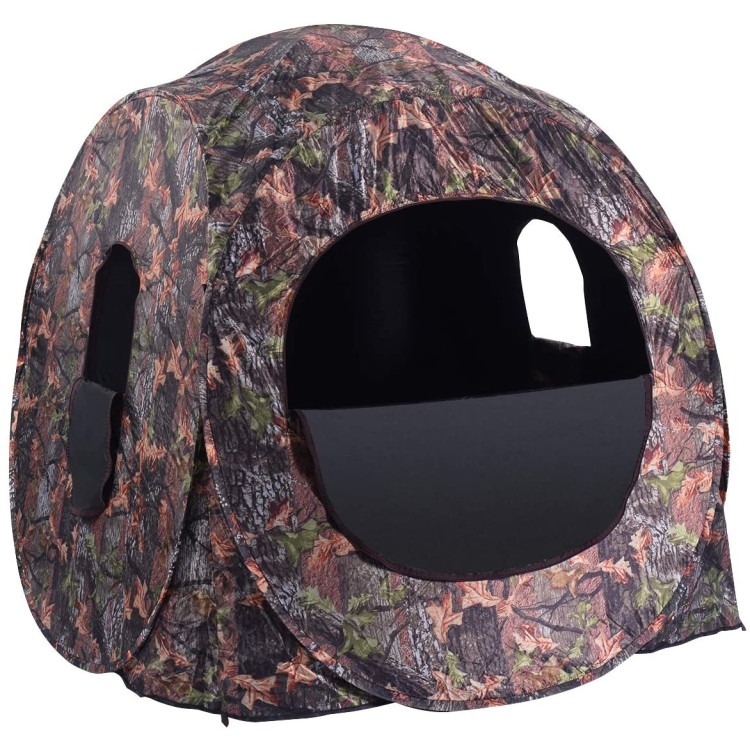
Bag hides, on the other hand, are portable camouflage tents that allow photographers to move with ease while remaining concealed. These structures often feature openings for camera lenses, ensuring that photographers can maintain a clear line of sight without compromising their camouflage. The effectiveness of blinds and bag hides lies in their ability to transform the act of wildlife photography into a strategic and patient game of observation. They come in summer and winter weights, and a variety of patterns. They are more portable than a popup blind and can be carried in a belt pouch that is supplied with the product. An example is the Lenshide from Lenscoat.
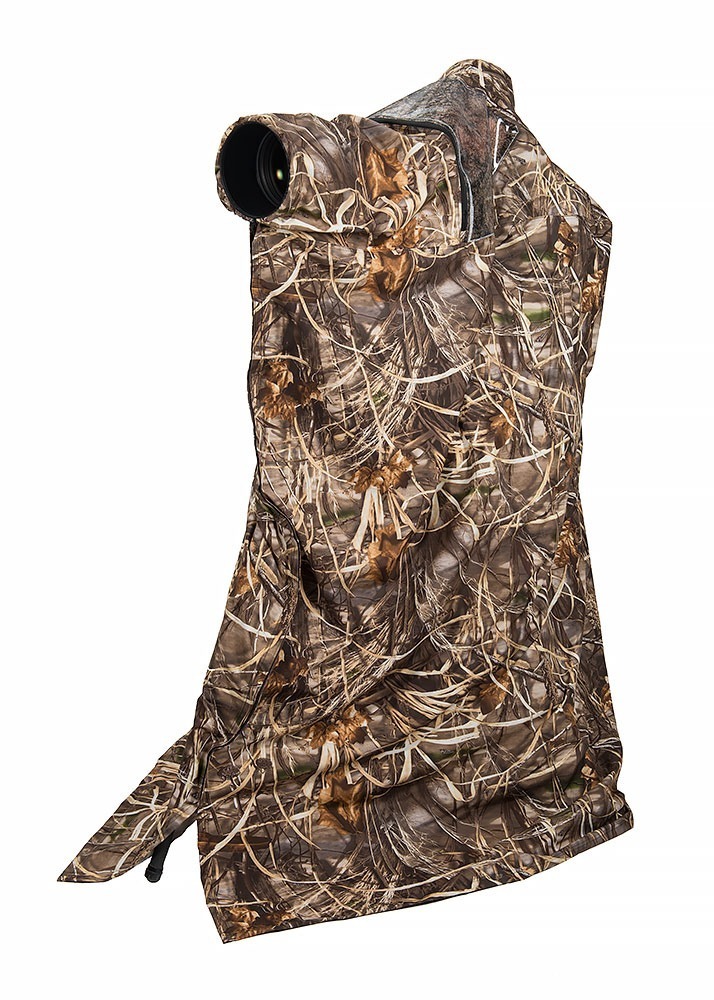
Camouflaging camera gear is essential for wildlife photographers and filmmakers who want to remain inconspicuous in natural environments. Several options are available to camouflage camera gear, ranging from purpose-built accessories to DIY solutions. Many companies offer camera and lens covers with camouflage patterns. These covers are made from durable, weather-resistant materials and are designed to protect your equipment from the elements while keeping it discreet in natural surroundings. Camouflage wraps and skins are adhesive covers that can be applied directly to your camera and lens. They often come in various patterns to match different environments. These wraps not only provide camouflage but also offer protection against scratches and minor impacts. LensCoat is a popular brand that produces neoprene lens covers in various camouflage patterns. These covers not only conceal your gear but also provide a cushion against bumps and scratches. Some models come with additional features like lens hood covers. For a more budget-friendly approach, some photographers create their own camouflage covers using materials like camo tape or fabric. This allows for a customized solution tailored to the specific gear and environment.
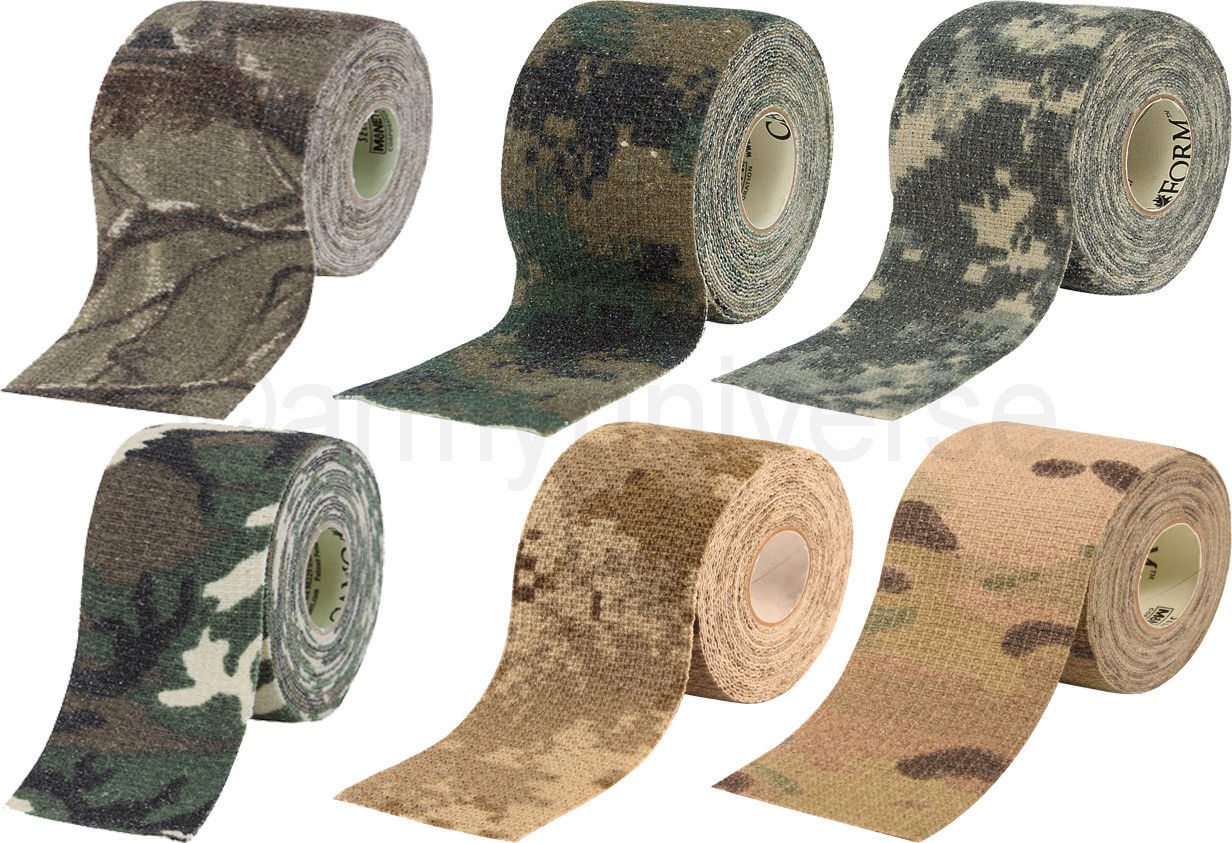
Playing hide and seek was fun as a child. There is no reason it can’t be just as fun as an adult wildlife photographer. In the world of wildlife photography, hide and seek takes on a nuanced form, as photographers become participants in a delicate dance with nature. The use of camouflage, from earth-toned clothing to specialized gear and hides, represents a sophisticated fusion of art and science. The effectiveness of camouflage in wildlife photography relies not only on the mastery of concealment techniques but also on a deep understanding of the behaviors and sensory perceptions of the subjects. As photographers continue to refine their techniques and equipment, the game of hide and seek in nature will persist, yielding breathtaking images that capture the essence of the wild in its most intimate moments.
